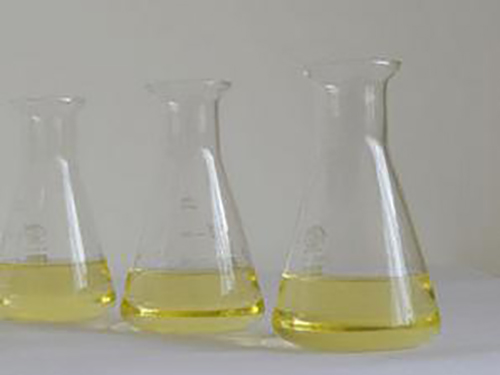cationic polyacrylamide flocculant
Cationic Polyacrylamide Flocculant A Versatile Agent for Water Treatment
Cationic polyacrylamide (CPAM) is a synthetic polymer widely utilized in various industries, particularly in water treatment processes. Known for its flocculating properties, CPAM plays a pivotal role in improving the efficiency of sedimentation, dewatering, and clarification in diverse applications ranging from municipal wastewater treatment to industrial processes and even in the agricultural sector.
Chemical Composition and Properties
Cationic polyacrylamide is derived from the polymerization of acrylamide monomers, which are modified to introduce cationic functional groups. This modification endows the polymer with a positive charge, enabling it to interact effectively with negatively charged particles in suspension. The charge density, molecular weight, and the degree of hydrolysis of CPAM can be tailored during its synthesis, which allows for optimization based on the specific application requirements.
The effectiveness of CPAM is largely dependent on its molecular weight and charge density. High molecular weight CPAMs are particularly effective in bridging and agglomerating particles, making them more efficient in flocculation processes. The cationic charge enhances the coagulation of suspended solids, facilitating their removal from liquids, which is critical in both wastewater treatment and drinking water purification.
Applications in Water Treatment
One of the primary applications of cationic polyacrylamide is in municipal wastewater treatment facilities, where it assists in the removal of suspended solids, organic matter, and colloids. By promoting the aggregation of smaller particles into larger flocs, CPAM enhances the sedimentation process, allowing for the rapid separation of solids from liquids. This not only improves the clarity of treated water but also reduces the load on subsequent filtration and disinfection processes.
cationic polyacrylamide flocculant

In industrial applications, CPAM is employed in various sectors including mining, paper manufacturing, and textiles. For instance, in the mining industry, it aids in the recovery of minerals by facilitating the settling of ore slurries. In the paper industry, it enhances the efficiency of the paper-making process by promoting the retention of fibers and fillers, ultimately improving the quality and strength of the finished product.
Additionally, CPAM has found its place in agricultural practices, particularly in soil conditioning and the management of runoff water. The application of cationic polyacrylamide to soil can improve water retention and reduce soil erosion, contributing to enhanced crop yields. Moreover, its effectiveness in treating runoff water helps to mitigate environmental impacts by preventing sediment and pollutants from entering water bodies.
Environmental Considerations
Despite its numerous benefits, the use of cationic polyacrylamide also raises some environmental concerns. The potential toxicity of acrylamide, a monomer used in its production, necessitates careful handling and application practices. The breakdown products of CPAM in natural environments are also a subject of study. Research is ongoing to evaluate the long-term effects of these polymers on aquatic ecosystems and human health, ensuring that their use aligns with environmental safety guidelines.
Conclusion
Cationic polyacrylamide flocculants represent a vital tool in modern water treatment and industrial applications. Their ability to enhance the removal of suspended solids and improve the efficiency of various processes underscores their significance in promoting cleaner water and sustainable practices across different sectors. As research continues to explore safer formulations and the biodegradability of these polymers, cationic polyacrylamide holds promise for future advancements in environmental management and industrial efficiency. The balancing act between utility and environmental safety remains essential as industries increasingly seek effective solutions to their water management challenges.
-
Dodecyldimethylbenzylammonium Chloride: High-Purity DisinfectantNewsAug.30,2025
-
2-Phosphonobutane-1,2,4-Tricarboxylic Acid: Scale & CorrosionNewsAug.29,2025
-
Premium Isothiazolinones | Broad-Spectrum Biocidal SolutionsNewsAug.28,2025
-
LK-319 Special Scale And Corrosion Inhibitor For Steel Plants: Advanced Solutions for Industrial Water SystemsNewsAug.22,2025
-
Flocculant Water Treatment: Essential Chemical Solutions for Purification ProcessesNewsAug.22,2025
-
Isothiazolinones: Versatile Microbial Control Agents for Industrial and Consumer ApplicationsNewsAug.22,2025





